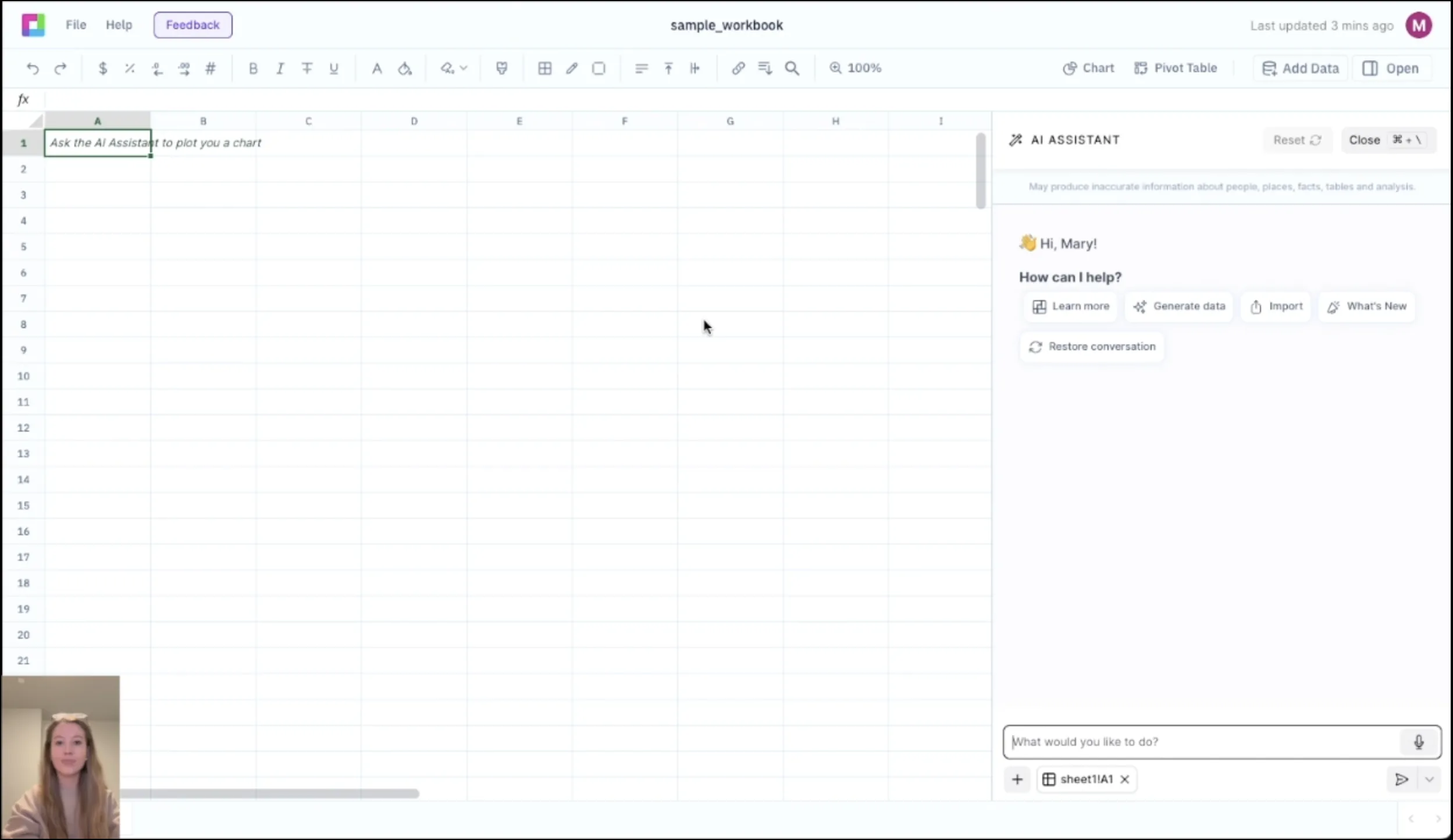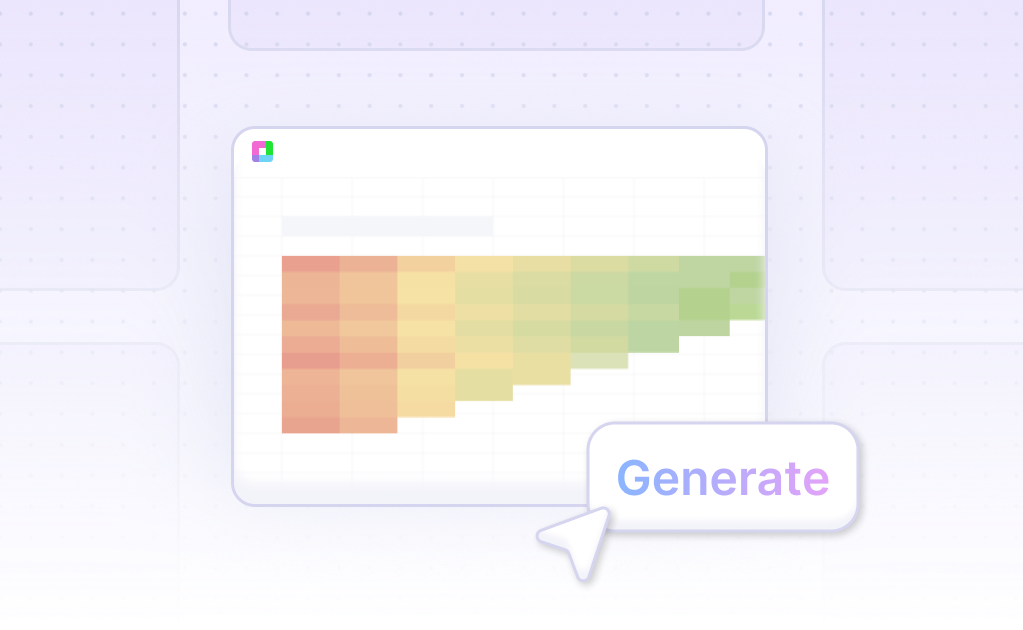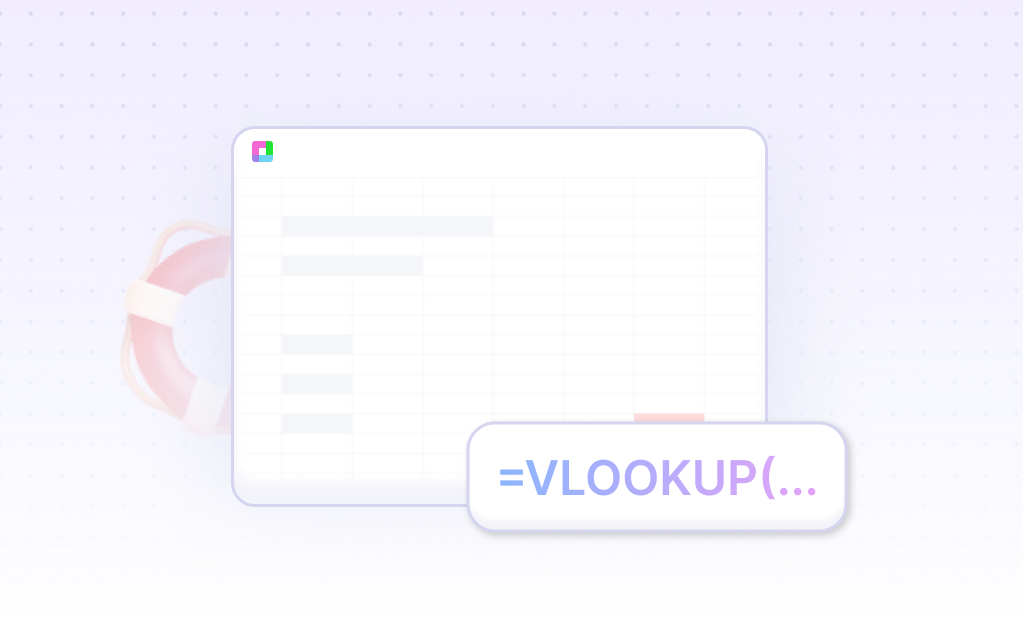
Master Drawdown Management with Professional Loss Protection
Drawdown management requires systematic analysis of maximum loss scenarios, recovery planning, and risk assessment strategies. Our Drawdown Management template provides comprehensive tools to analyze maximum losses, plan recovery strategies, assess risk levels, and optimize drawdown protection with advanced loss analytics and recovery planning frameworks.
From peak-to-trough analysis to recovery time modeling, dominate loss protection. Built for professional bettors, risk managers, and portfolio managers, this template helps you manage drawdowns, plan recoveries, and optimize risk management strategies.
Advanced Drawdown Analysis & Maximum Loss Assessment
Maximum Loss Analysis
Analyze maximum loss scenarios with peak-to-trough calculations, worst-case analysis, and maximum drawdown tracking. Measure the severity and duration of losing periods.
Drawdown Duration
Track drawdown duration with time-based analysis, prolonged loss periods, and recovery timeframes. Monitor how long drawdowns persist and recovery patterns.
Recovery Analysis
Analyze recovery patterns with recovery time calculations, bounce-back rates, and return-to-peak analysis. Evaluate how quickly losses are recovered.
Risk Metrics
Calculate risk metrics with value-at-risk, conditional value-at-risk, and tail risk measures. Assess the probability and impact of extreme losses.
Comprehensive Recovery Planning & Risk Assessment
Recovery Strategies
Develop recovery strategies with bet sizing adjustments, strategy modifications, and risk reduction techniques. Plan systematic approaches to loss recovery.
Bankroll Protection
Implement bankroll protection with stop-loss levels, position sizing limits, and emergency protocols. Protect against catastrophic losses and preserve capital.
Performance Monitoring
Monitor recovery performance with progress tracking, milestone analysis, and performance indicators. Track recovery effectiveness and strategy success.
Stress Testing
Conduct stress testing with scenario analysis, extreme event modeling, and sensitivity analysis. Test strategies under various market conditions and stress scenarios.
Frequently Asked Questions
How does it analyze maximum loss scenarios?
The template analyzes maximum loss scenarios with peak-to-trough calculations, worst-case analysis, and maximum drawdown tracking. It measures the severity and duration of losing periods.
Can it track drawdown duration?
Yes, the template tracks drawdown duration with time-based analysis, prolonged loss periods, and recovery timeframes. It monitors how long drawdowns persist and recovery patterns.
How does it analyze recovery patterns?
The template analyzes recovery patterns with recovery time calculations, bounce-back rates, and return-to-peak analysis. It evaluates how quickly losses are recovered.
Does it develop recovery strategies?
The template develops recovery strategies with bet sizing adjustments, strategy modifications, and risk reduction techniques. It plans systematic approaches to loss recovery.
How does it conduct stress testing?
The template conducts stress testing with scenario analysis, extreme event modeling, and sensitivity analysis. It tests strategies under various market conditions and stress scenarios.
Related Drawdown Management Tools
Connect your most-used data sources and tools to Sourcetable for seamless analysis.
Frequently Asked Questions
If you question is not covered here, you can contact our team.
Contact Us





